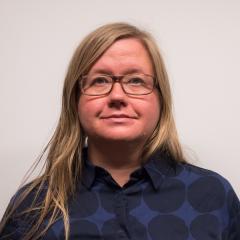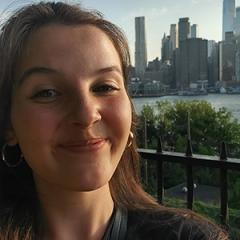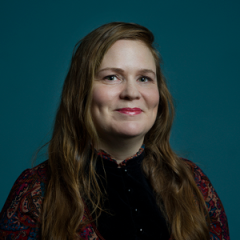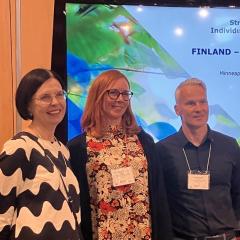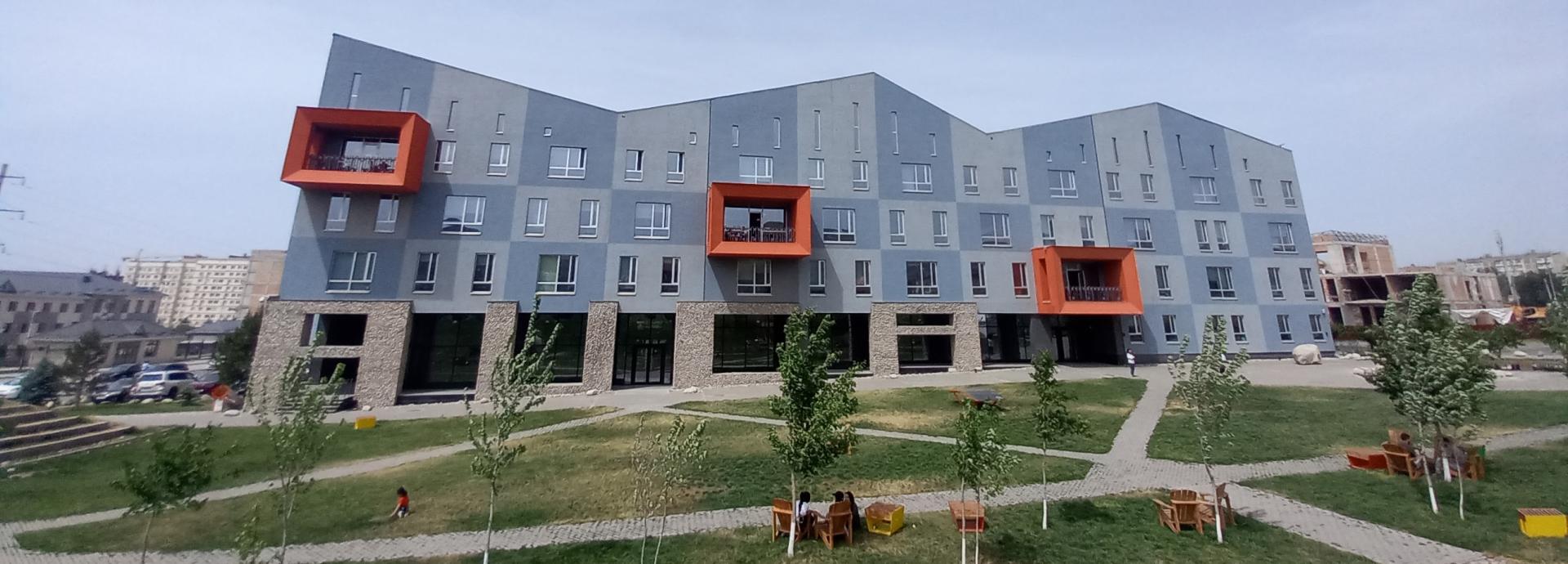

After defending my doctoral dissertation in Soviet history at the Central European University in the summer of 2022, I was at a crossroads.
The pandemic had brought me back to Finland after several years of living abroad and at the same time I was wondering whether I should continue my path in the academic world or change careers. I felt that I needed a break after six years of intense work with the dissertation, preferably in a land far, far away.
The opportunity to do this came my way through the Global Teaching Fellowship program coordinated by the Open Society University Network in which both the Central European University and the American University of Central Asia are member institutions. Through the program I could spend a year teaching history and journalism in Bishkek, the capital of Kyrgyzstan.
As I had spent the academic year 2019-2020 as an ASLA-Fulbright Graduate Grantee at UC Berkeley, I felt that I had some kind of an idea of what the American style of teaching and learning meant and was excited to experience it myself in an environment outside the U.S.
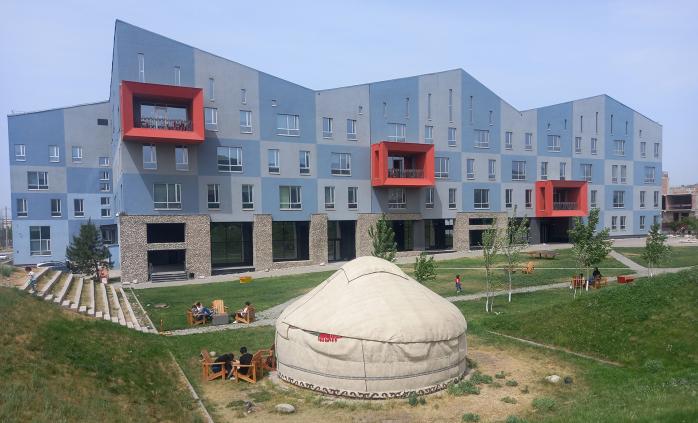
At the university I soon realized that the student population was extremely varied, which made each working day different and interesting as every student had their own strengths and challenges.
American University of Central Asia, or AUCA for short, welcomes students from all countries of post-Soviet Central Asia: Kyrgyzstan, Uzbekistan, Tajikistan, Kazakhstan, and Turkmenistan. In addition, there is a large population of Afghan students who were evacuated to Bishkek from the American University of Afghanistan after Taliban’s takeover of the country in 2021. Due to the war in Ukraine, there was also a growing number of Russian students, as well as groups of American students who had arrived to Bishkek to learn Russian.
AUCA is a liberal arts college, which means that students from all departments complete a certain number of humanities classes as part of their degree. This meant that in my world history course I would have students from all possible departments from economics to environmental sciences and IT to international relations in one classroom. This resulted in great discussions and different perspectives on the topics covered. Most of the students were very active and keen to discuss social and political issues such as women’s rights and environmental issues in their presentations and papers, which gave me a great chance to learn about public discussions taking place in Central Asian societies.
Overall, the university supported a similar pedagogical approach to American colleges, where the role of the instructor is often to accommodate discussion rather than give lectures. This was very different from the other local universities, where the style of teaching tended to be more traditional and lecture-based.
For most students the studies at AUCA were also rather expensive, which meant that a significant proportion of them came from fairly wealthy backgrounds and were keen to continue their studies and build careers outside Central Asia, preferably in the U.S.
Thus, I felt that it was important to highlight that even though we were studying in a university following an American curriculum with materials written mainly by anglophone scholars, we should approach topics in world history from different perspectives and pay special attention to themes relevant to Central Asia.
I was also very open about my Finnish background and shared my own experiences and observations about both Finland and Kyrgyzstan in comparison to the cases presented in the textbooks that often discussed U.S. society. This seemed to be a good way to encourage the students to participate in class discussions.
Teaching at an American liberal arts college in Kyrgyzstan was a great opportunity to experience an interesting mix of U.S.-style pedagogy in a Central Asian environment.
Speaking English as a foreign language also meant that all of us made mistakes, and creating an open and encouraging atmosphere was an important part of building a genuine connection with the students.
Now that I have left AUCA and Kyrgyzstan behind, I definitely miss my bright and brave students and the beautiful mountains that surrounded me everywhere I went in Kyrgyzstan. I will never forget the kindness and hospitality of the Kyrgyz people that I had the chance to experience both in Bishkek and on my travels around the country.
Teaching at an American liberal arts college in Kyrgyzstan was a great opportunity to experience an interesting mix of U.S.-style pedagogy in a Central Asian environment. It also gave me the much-needed time and space to think about my career and make plans. My journey continued to a new job outside the academic world and Finland.

